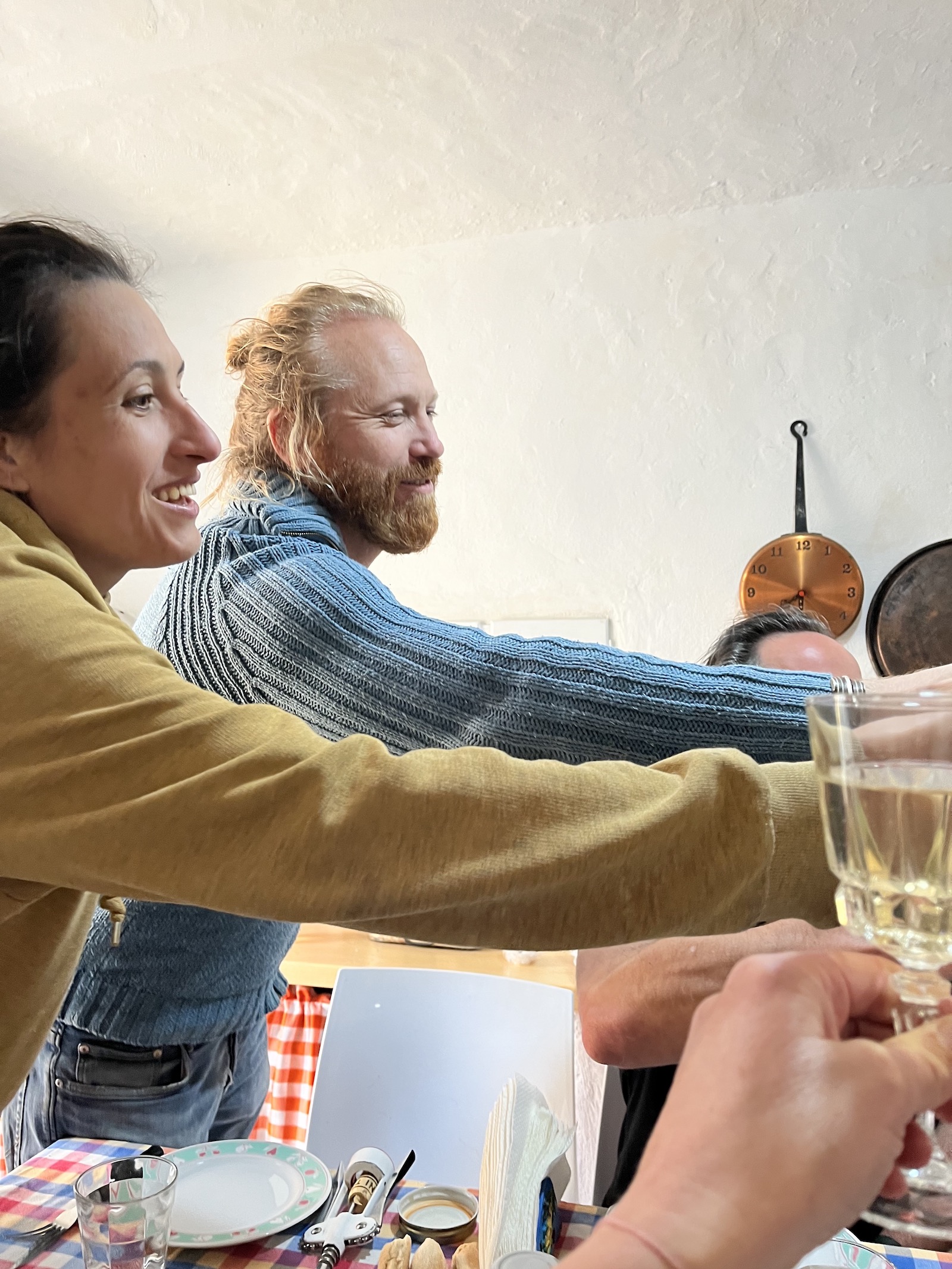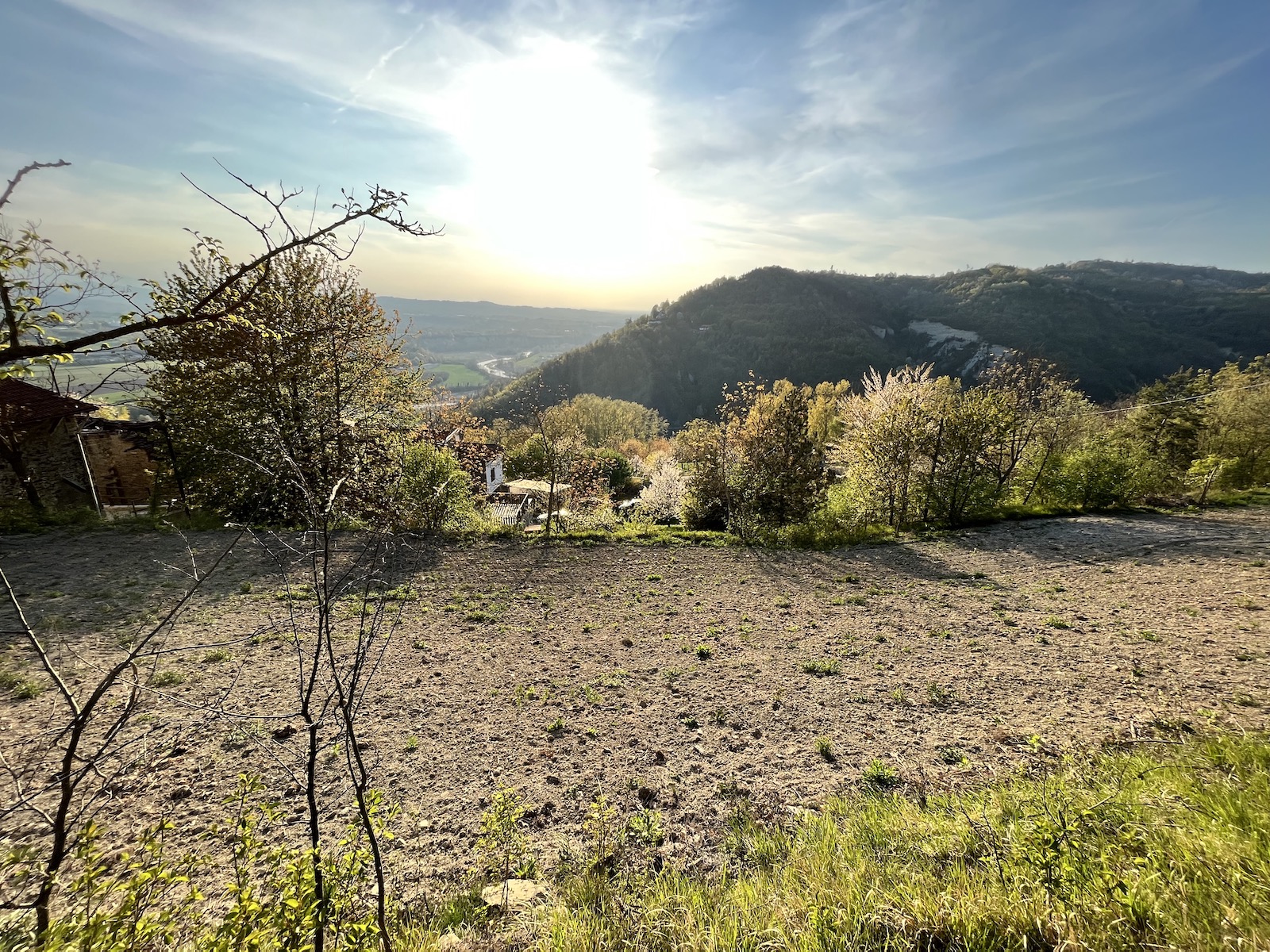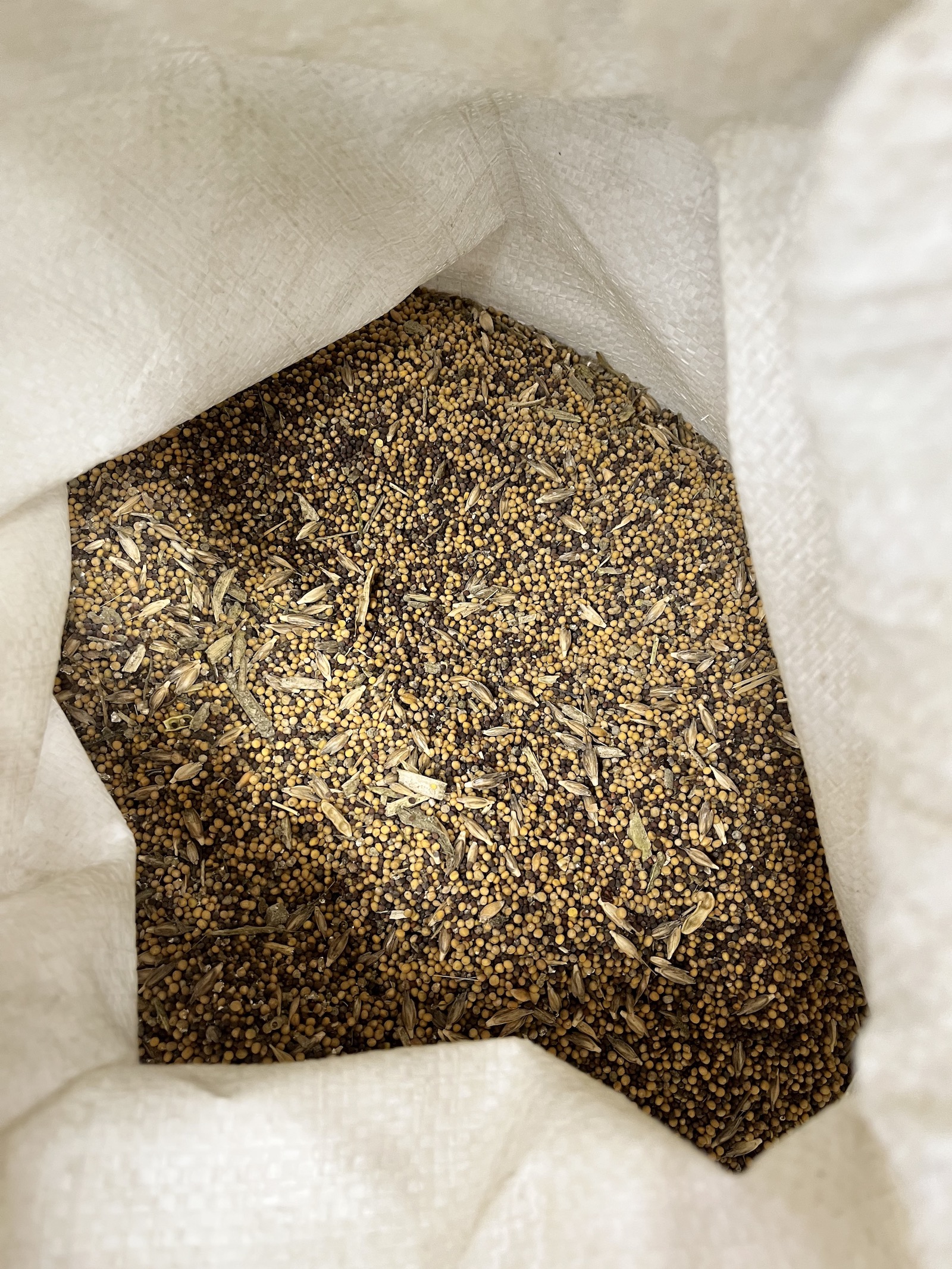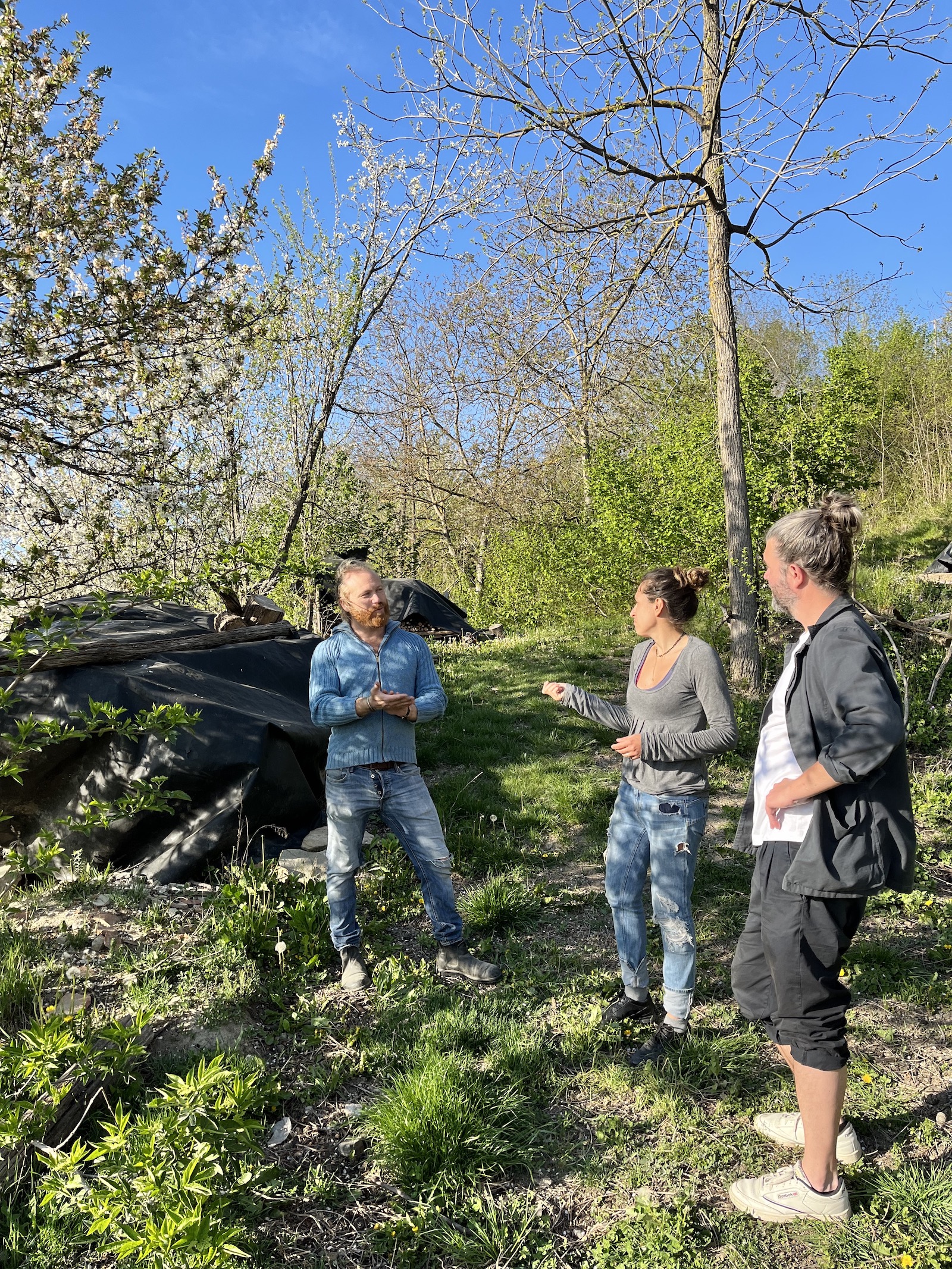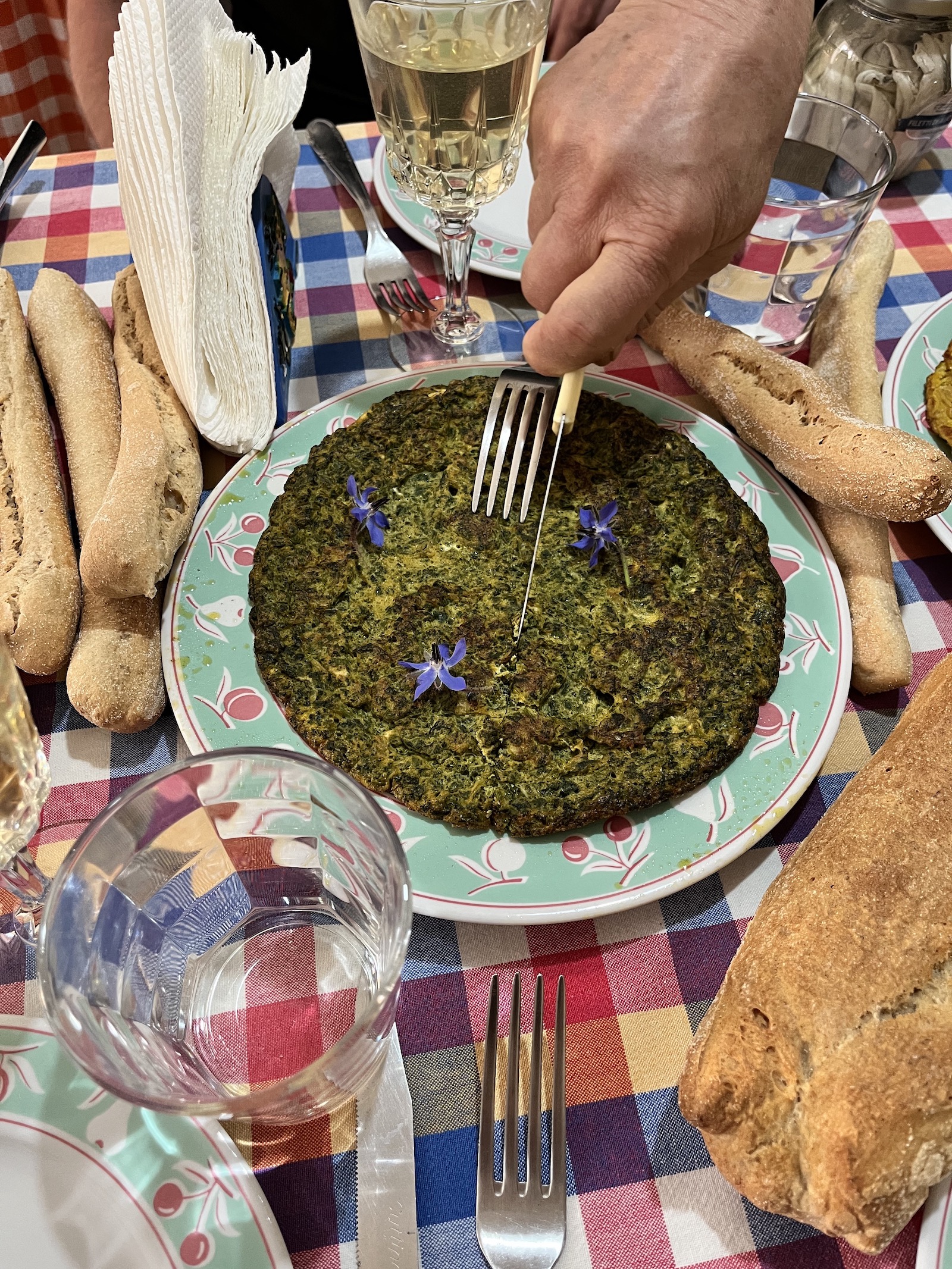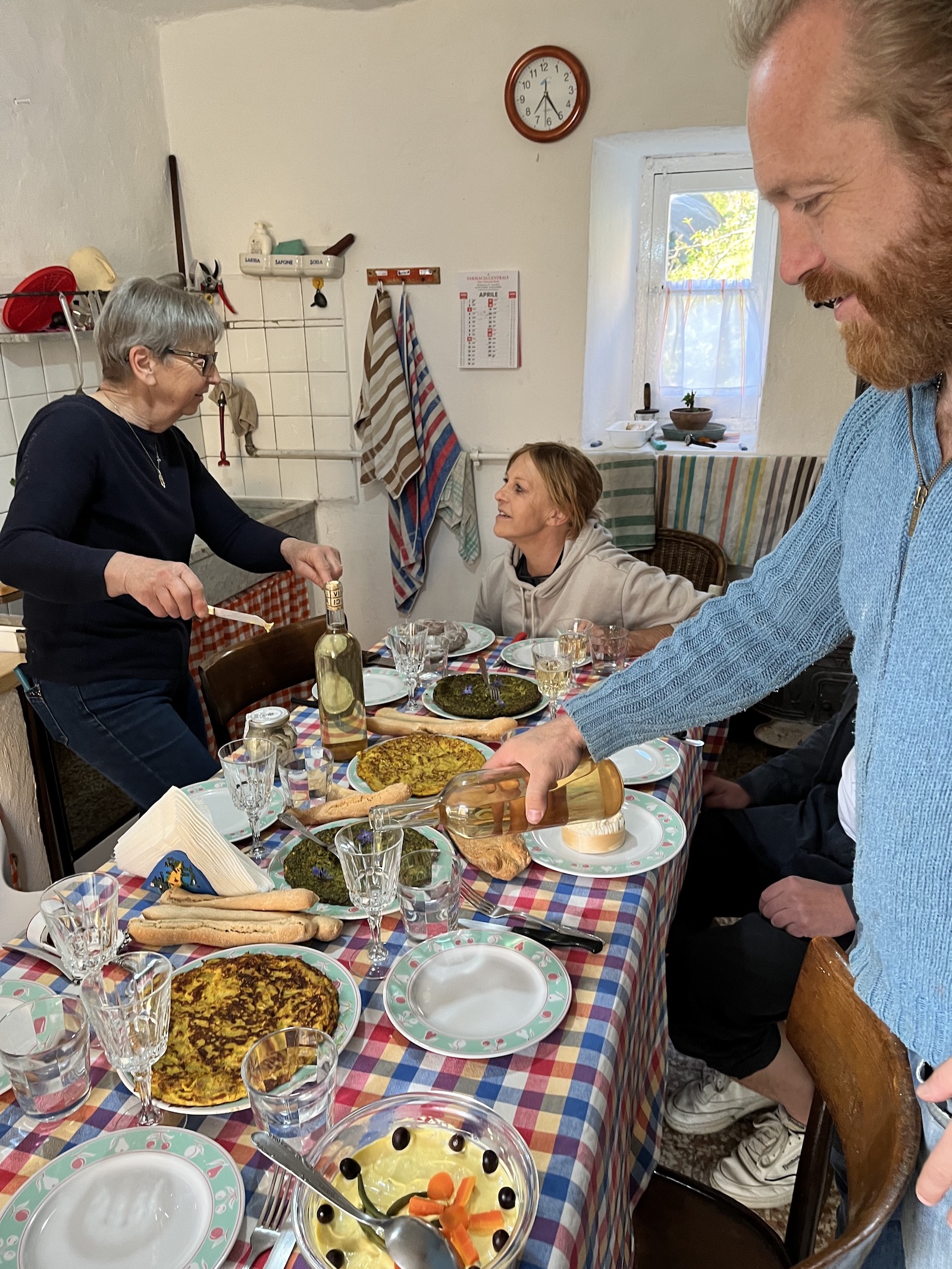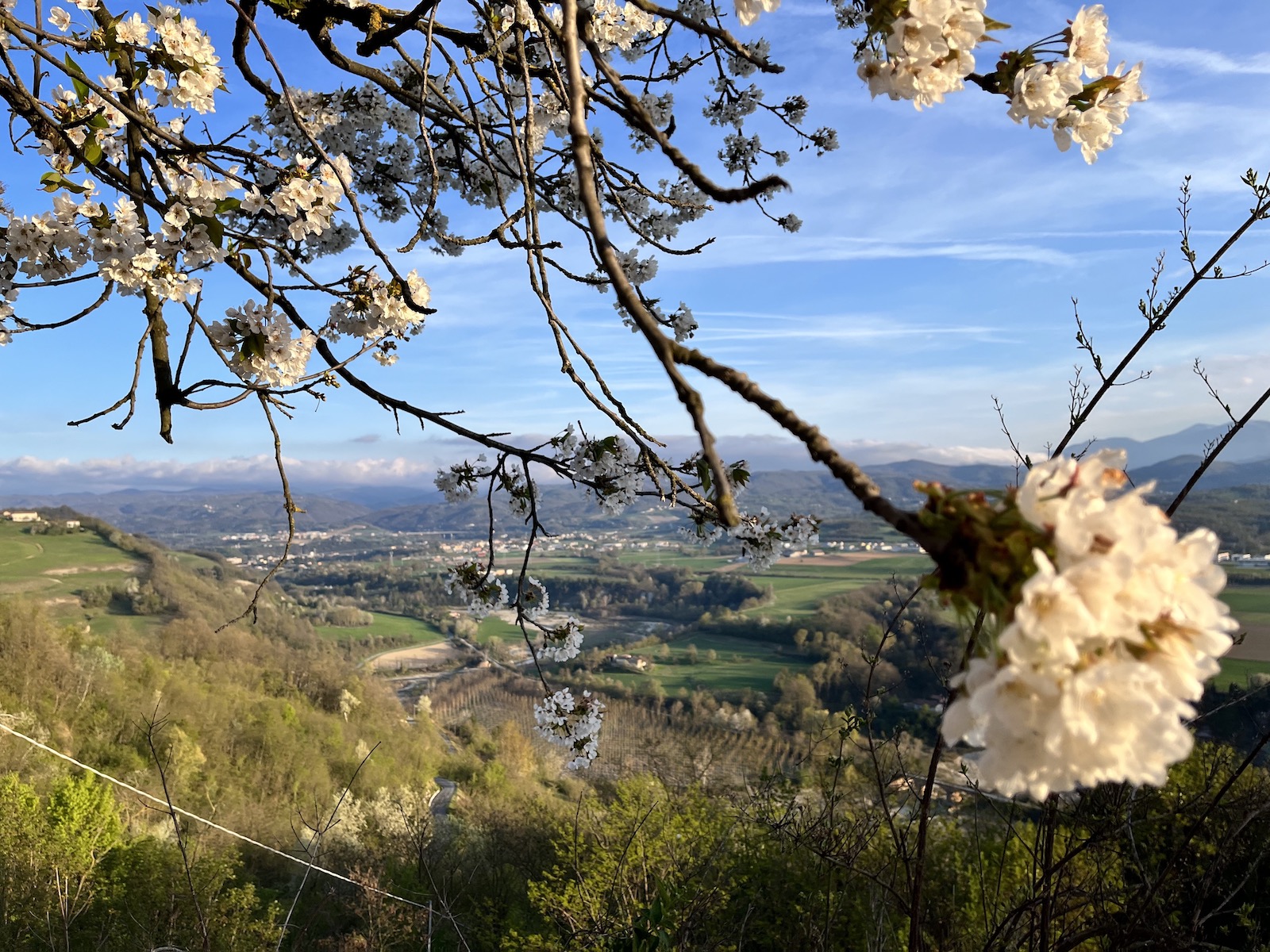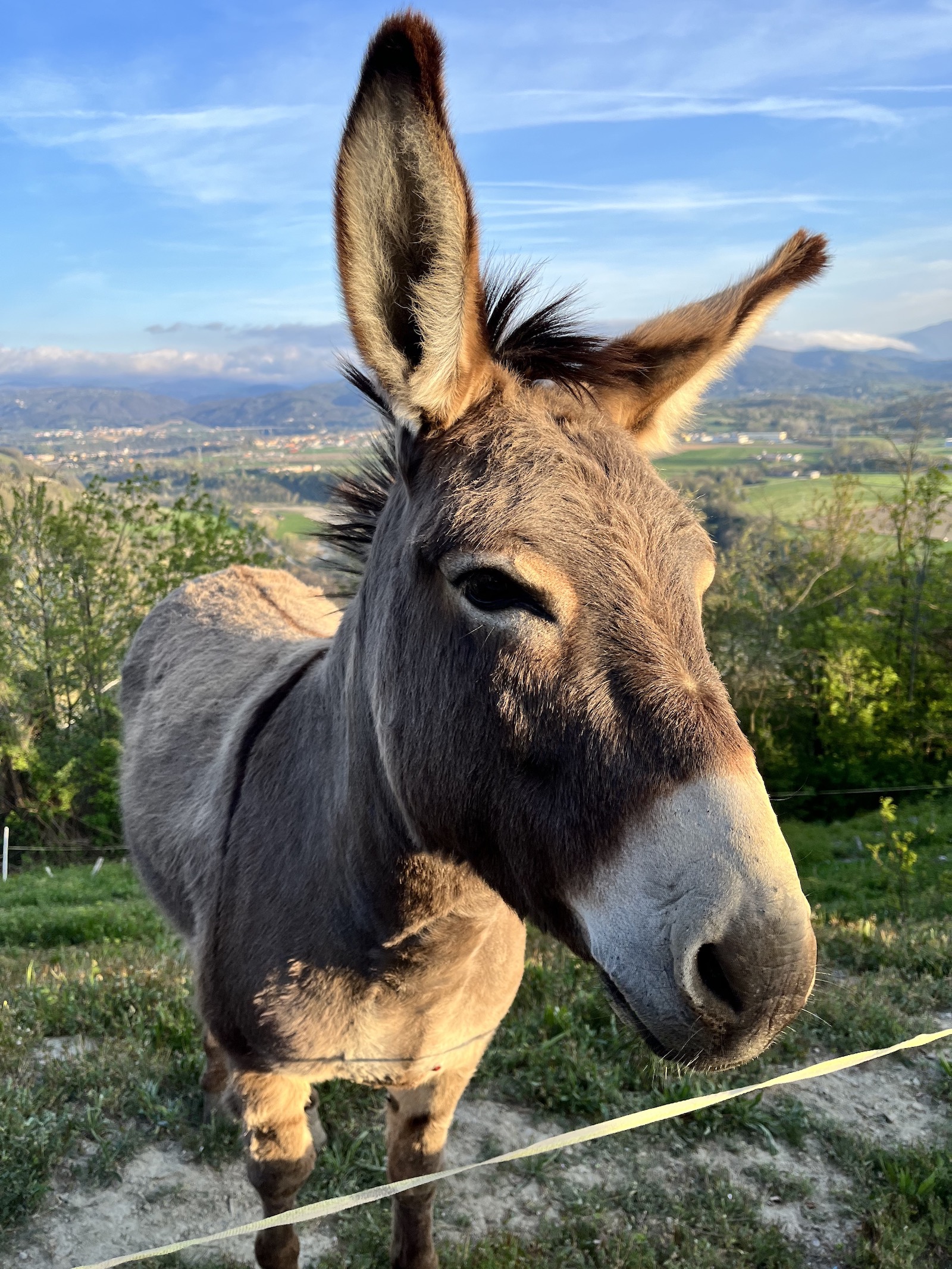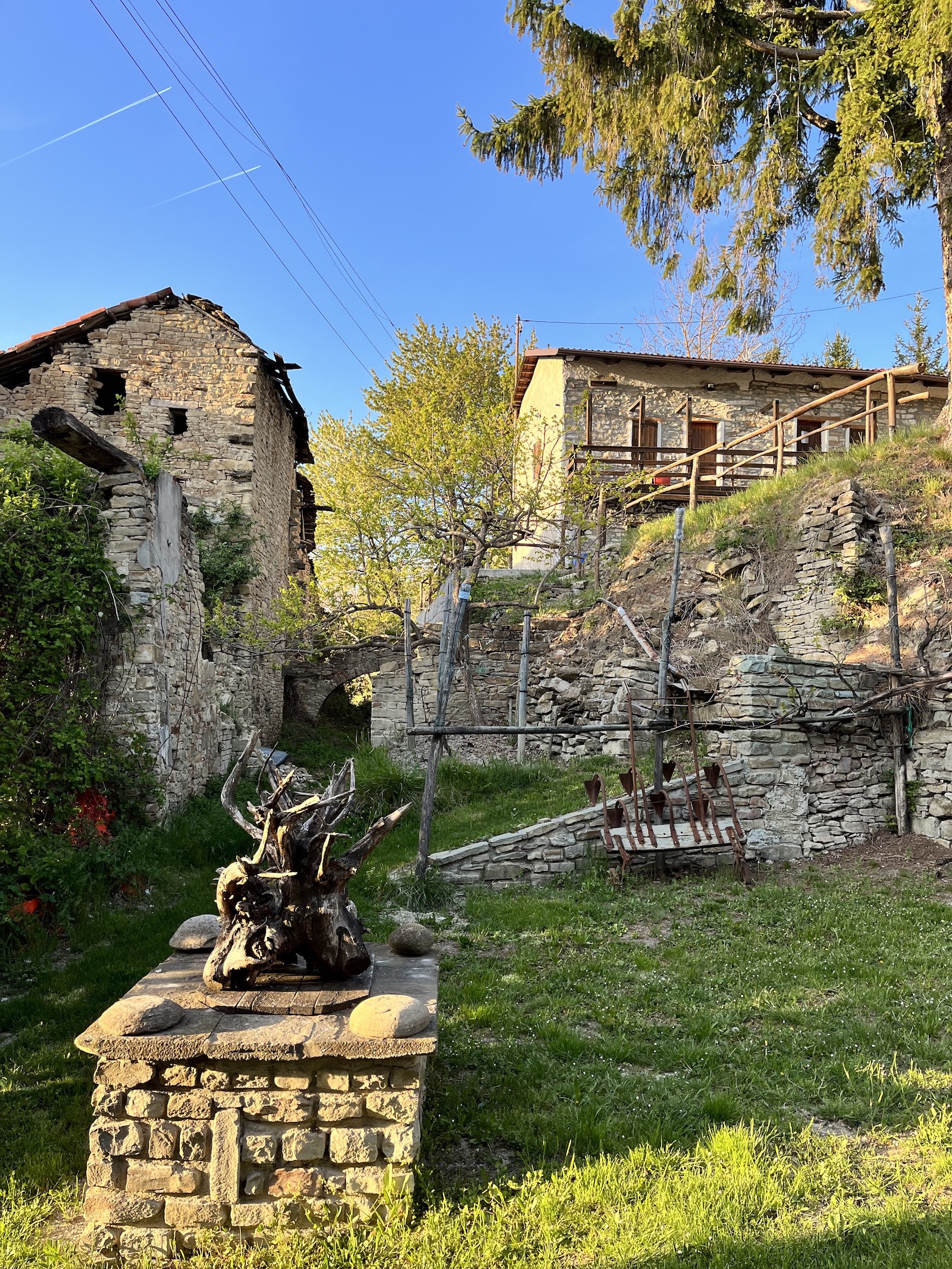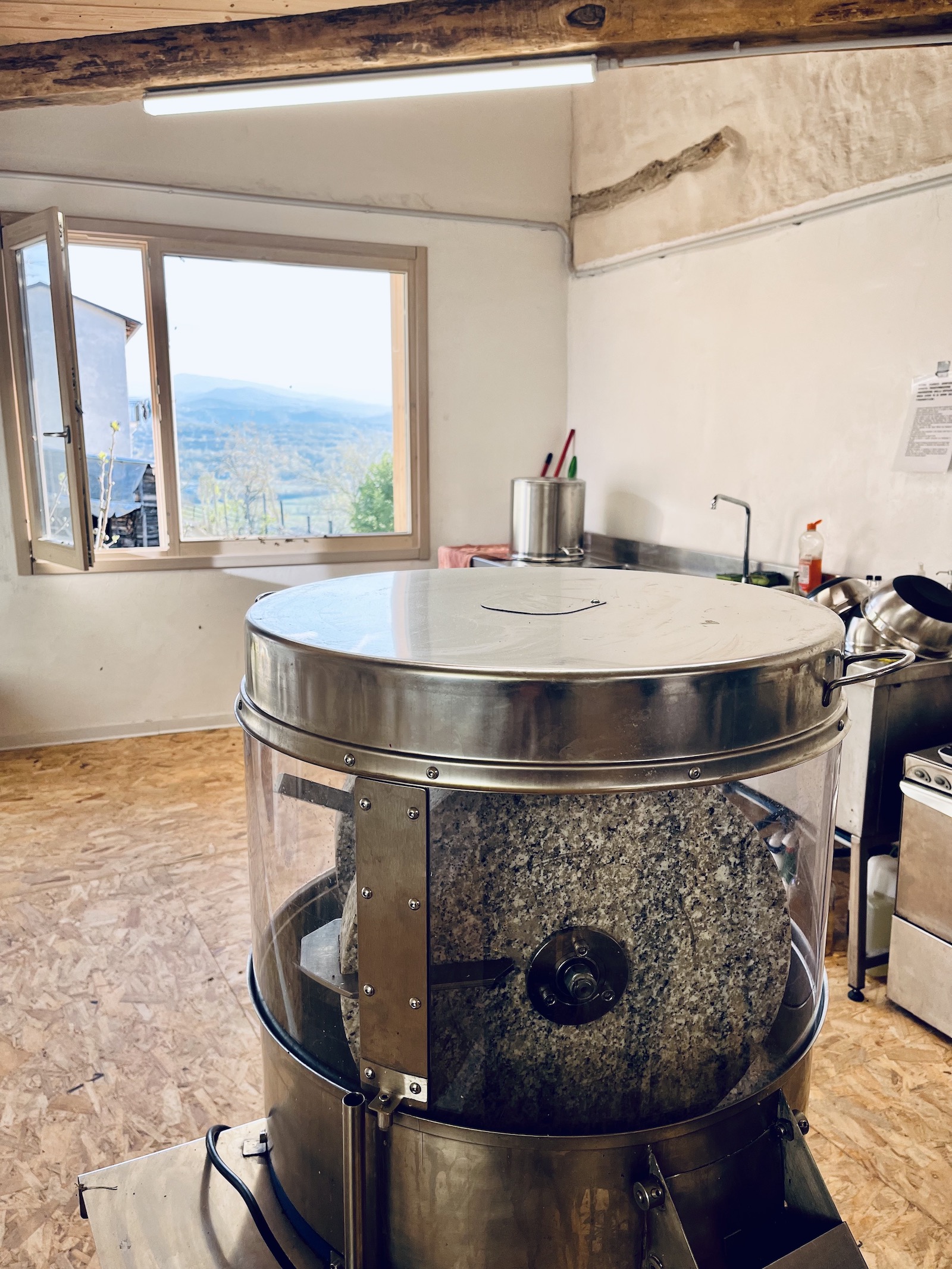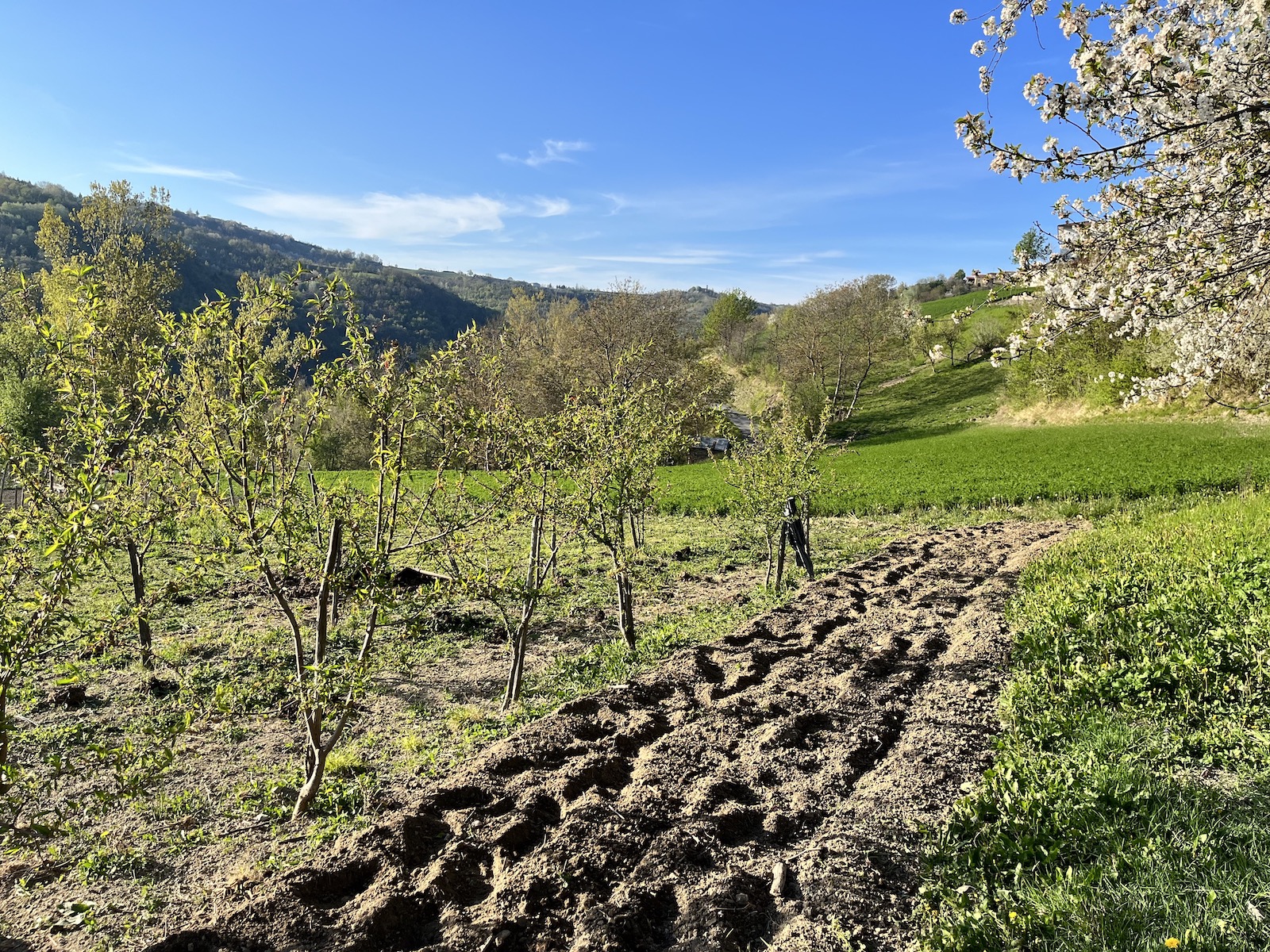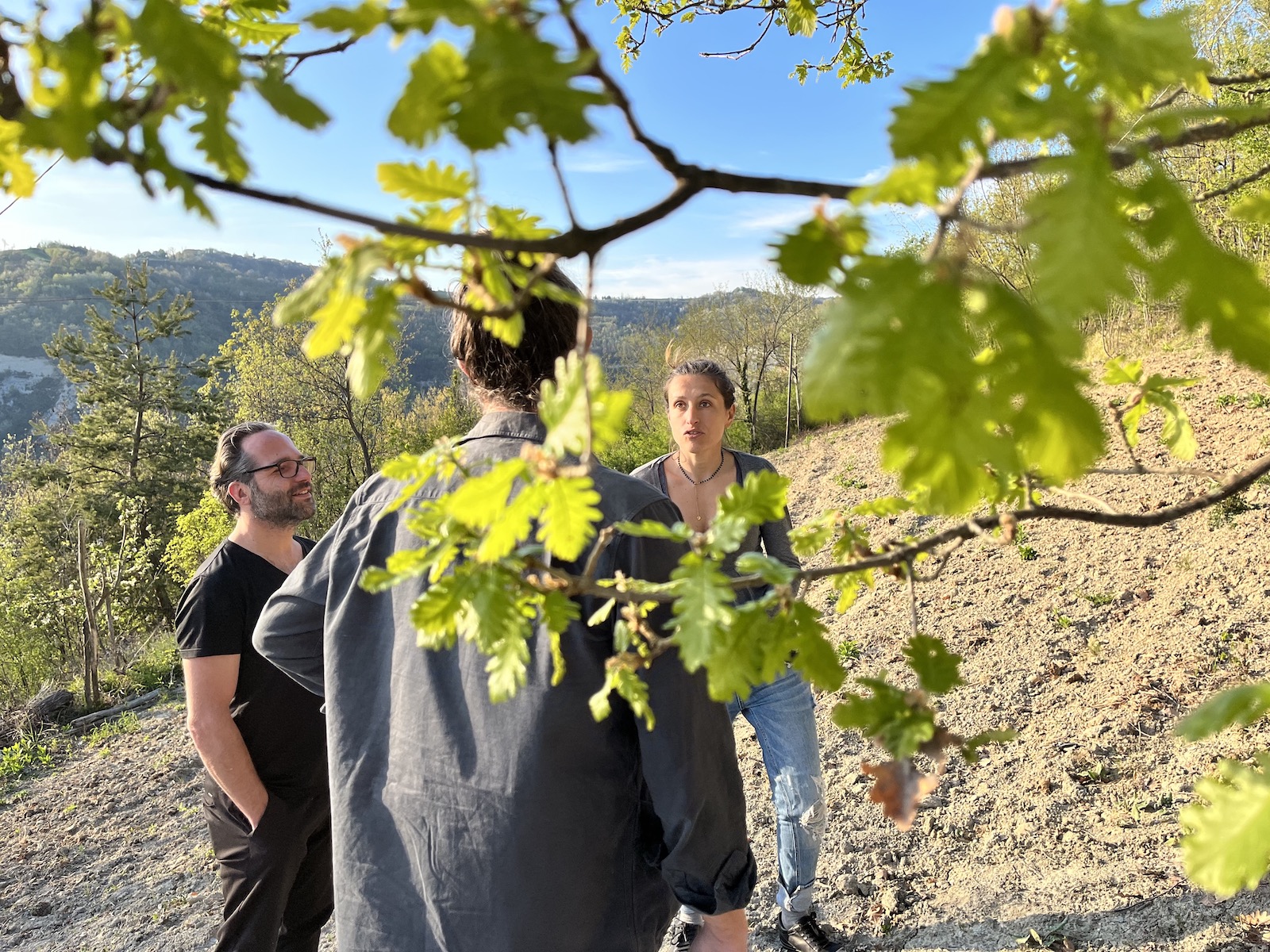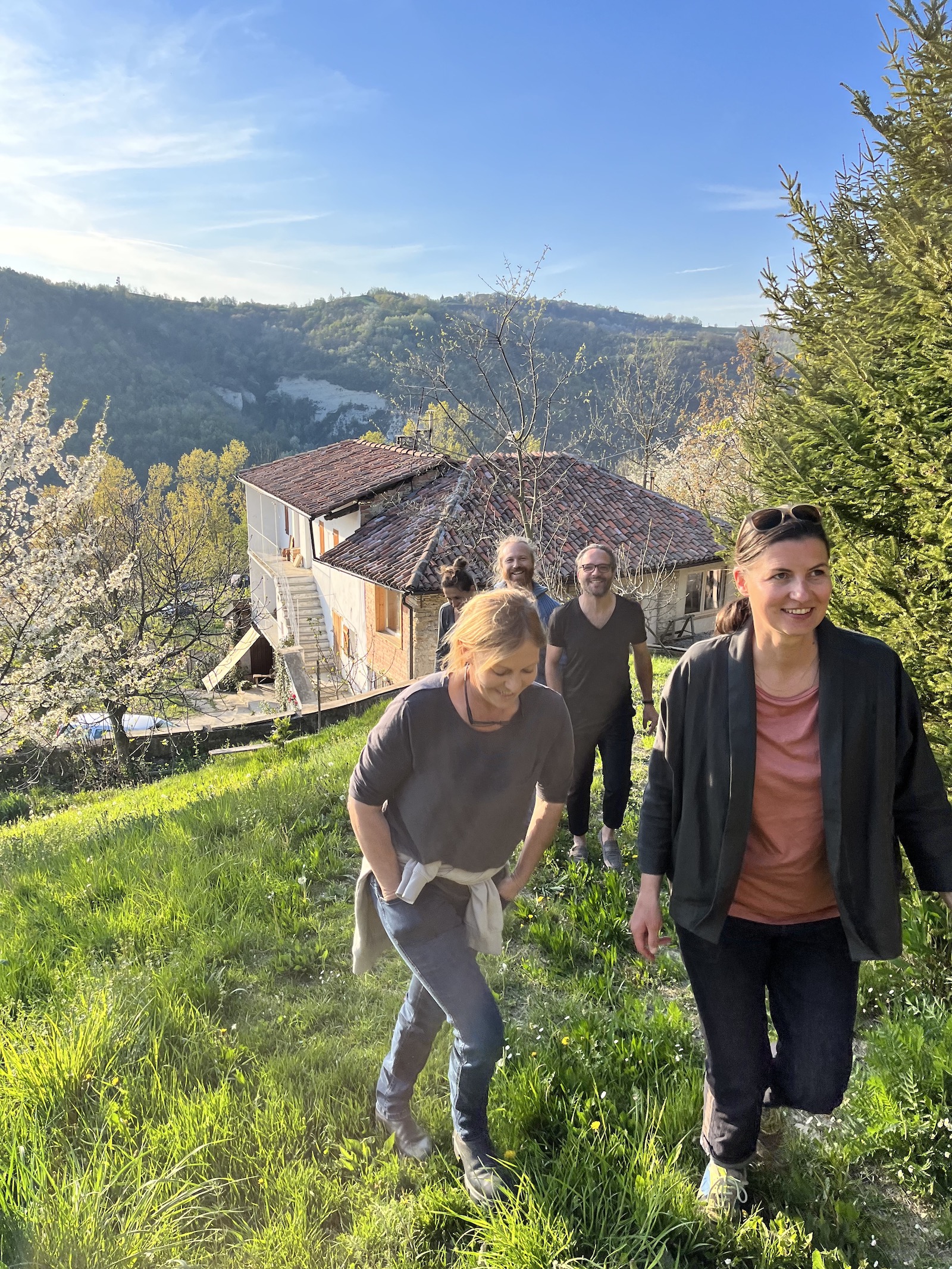Words by Charis Stank*
Photos by Ulla Schneeweis**
Hot and Sustainable: The Mosto Ardente mustard and chili factory in Piedmont.
Remote working, curfews, standstill: the Corona pandemic is changing everyday life worldwide.
Traditional models of work and life are being shaken up, with new, flourishing visions of the future
being sought out. But who will put their dream plans into practice? Two who have the courage are
Elisa and Paolo Artusio from the Italian province of Cuneo in Piedmont. A small family farm forms the
basis for an unusual new beginning in the tradition of the Slow Food movement.
Sinapis alba is the scientific name for white mustard, the variety grown in Europe for the production
of mustard seed, mustard flour and oil. The plant loosens the soil with deep taproots, which also
makes it attractive as an intercrop. Mustard is undemanding yet versatile, offering the farmer various
utilisation options. While the leaves serve as animal feed, the mustard seeds ripen in the pods to be
used as the basis for later mustard production.
Mustard Fields: A yellow-green sea.
After sowing in spring, around April, the mustard fields develop quickly. The first aromatic leaves can be plucked from the stalks after just three weeks. It’s at the beginning of summer when the flowering period begins where the bright yellow flowers behave similarly to that of rape. Looking across the field, it seems as if a thousand suns have risen at once. At around one metre high, the mustard plants will soon have reached their stately size. Now it’s a matter of determining the perfect moment for harvesting. The pod must remain closed, only in this way can the valuable fruit, the mustard seed, be extracted.
Our Little Farm: The beginning of the Regional Producers of the Langhe
When we visit Elisa and Paolo Artusion’s farm near Castellino Tanaro, it is spring in Piedmont. The fields are still uncultivated, although plans and preparations are well underway. Farming is a new profession for both of them and there are routines that the couple must put in place. The turmoil of the Covid pandemic is what prompted them to enter into new economic territory on Paolos grandmothers small farm and create Mosto Ardente.
Surrounded by a handful of houses, the Artusios farm captivates you instantly with its wonderful view reaching all the way to the Ligurian Alps. Below them, the riverbed of the Tanaro meanders through the valley and the roads lead to nearby Mondovi and Ceva, Paolo and Elisas hometown further south. The journey to the coast in Savona takes 45 minutes and Turin is just under an hours drive away.
From Haiti back to Piedmont: Life paths
With a degree from the University of Turin, Paolo has had many professional opportunities, with
companies and NGOs taking him to Morocco and later to Haiti. That’s where he met Elisa who also
worked for an NGO. In 2016, they both returned together, working at the Il Berlino Social Club in
nearby Ceva. But then the pandemic came and life came to a complete full stop; what to do when
everyday life is turned upside down overnight?
Instead of laying low, the couple looked for solutions. The agricultural estate of Paolos 96-year-old grandmother was close enough to their home in Ceva, making it relatively easy to combine their tried and tested city life with a new start in the countryside. But what to produce?
Sugar cane, which Paolo as an ambitious bartender in Haiti is very interested in, does not fit the bill.
Wine is also out of the question. Although vines dominate the landscape on the surrounding hills of the Langhe, the couple are interested in plants and recipes that are practical and easy to care for.
Their choice is mustard, onions and spicy jalapeños. Mustard in the Langhe? A rarity!
While mustard is widely used in France, Austria and Germany, the product is uncommon in Piedmont. A Bavarian Weisswurst, a Bosna, a Croque Monsieur? Unthinkable without mustard, but the cuisine of Piedmont is characterised by other flavours. Mustard production in the Langhe is a bold choice, but with the onions and an onion chutney, Mosto Ardente manages to pay tribute to the traditional delights of the homeland. The chili sauce made from the jalapeños becomes Paolos product of passion.
Elisa and Paolo lease two additional fields plus machines and labour for the roughest work. They have white (Sinapis alba) and black (Brassica nigra) mustard sown in the fields and professionally harvested in autumn. They plant the one thousand jalapeños themselves on a steep slope and water them diligently. Huge bulbs with large green pods grow in a field below the house. Because environmental protection and sustainability are important to them, Elisa and Paolo do not use any chemical additives in their production. The plants they rely on are useful partners. Mustard, for example, naturally repels birds (the ingredients of the plant do not harm the animal) and so naturalprotection is created.
The Most Important Phase: The production of hot sauce, onion chutney and mustard.
After the harvest, high-quality ingredients are crucial. In the agricultural region of Piedmont and nearby Liguria, suitable partners can be found to supply these. In this way, the products remain regional and have a wonderful environmental balance. The jalapeños are picked, dried and processed into a hot chilli sauce, and from the onions, the couple prepare onion chutney through fermentation and cooking. It goes perfectly with cheese or meat.
For the mustard from Mosto Ardente, the mustard seeds are cleaned, dried and intricately ground in a mustard mill according to the traditional process. Paolo and Elisa have set up a small laboratory for this in the main house of the property. Serafina-Quota white Riesling, apple vinegar, water, salt and white and black mustard are used to produce the Senape di Langa.
Produce Regionally: This is how it works in the Langhe
Elisa developed the packaging for all the products. Sales are supported by an online shop, which is currently still in the beta phase. But, and this is the most important thing, in Piedmont people still meet in person. And so, over a Sunday meal at a convivial table, the ethically produced meat of one person is eaten with mustard, wine, grappa or chili from other regional producers creating a culinary adventure with a firework of flavours. Spicy and sustainable, Mosto Ardente now contributes its share!
Mosto Ardente – Contact
mostoardente.com
Azienda Agricola Mosto Ardente di Paolo Artusio
località Maccaferro n|1
Castellino Tanaro (CN)
Products of Mosto Ardente
Mustard
*Schönste Zeit Magazin www.schoenstezeit.de
@schoenstezeitmag
**Ulla Schneeweis www.schneeweiswittmann.at
@schneeweiswittmann
